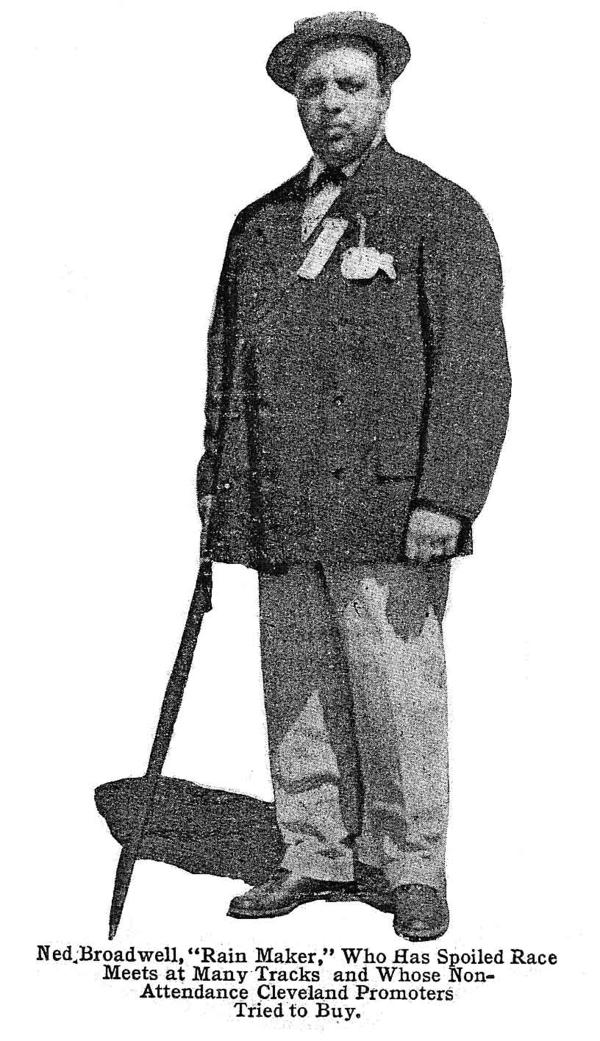- 1890s Cars
- Barney Oldfield Images
- Oldfield - Petersen
- Beer
- Early Auto Industry
- Uniontown - Marci McGuinness
- General Period Clip Art
- Early Race Related Clip Art
- Advertising and Editorial Cartoons
- Early Indianapolis
- IMS Construction
- Indianapolis Speedway
- First IMS Auto Races
- Failed 1909 Air Show
- 1909 IMS Balloon Races
- 1909 IMS Motorcycle Meet
- 1910 Indianapolis Auto Show
- 1913 Indianapolis 500
- 1919 Indianapolis 500
- Joe Dawson
- WWI "500" Winner Draft Cards
- Frank Di Buglione (off the wall art, LLC)
- Gilbert Art
- Carl Graham Fisher
- IMS Hall of Fame Museum
- Alco at 100th Anniversary
- Frederic Matile - Morris Park
- Miami-Fulford Speedway
- Paul Sheedy Collection
- Early Wyoming Racing - 1909 - 1919
- Personalities
- Early Racing Images
- Glidden Tour
- 1909 Cobe Trophy
- Fairmount Park & Belmont Estates
- Early Santa Monica
- Don Radbruch Collection
- Jeroen de Boer Collection 1910
- Jeroen de Boer Collection 1912
- Jeroen de Boer Collection 1913
- Jeroen de Boer Collection 1914
- Georges Boillot
- Story's Indianapolis 500 Cars
- Story's Sports Cars
- Story's Grand Prix Cars
- Old School
- Story's Brickyard Sketchbook
1905 Rainmaker
Photo Gallery Categories
Search
Featured Article
Image of The Week

By September 1905 much of the automobile trade media railed against what they called "track racing." This was use of horse tracks to conduct auto races. These affairs were very popular for several reasons. First, the quality of public roads was very poor with only a few hundred miles of paved streets in the country. Second, appropriating public roads for auto races always created issues with community leaders who saw auto racing as a frivolous and dangerous pastime. Third, charging spectators for observing races on long road courses was very difficult. For example, the overwhelming number of the spectators of the Vanderbilt Cup Races on Long Island (1904-1910) never purchased a ticket. The problem was that in August 1905 three of track racing's greatest stars: Barney Oldfield, Webb Jay, and Earl Kiser were gravely injured in accidents while racing.
Oldfield's injuries were the least serious and he was able to recover and continue his career. For Webb Jay and Earl Kiser, their injuries ended their career. Jay suffered a life-threatening concusion and Earl Kiser had one of his legs amputated to prevent additional complications. After these accidents the press pushed for an end to the slaughter, and activists sometimes led by church groups hired professional "rainmakers," such as Ned Broadwell, pictured here. These men presented themselves as possessing some talent for drumming up precipitation upon request. This image is from a photo that was taken at the Glenville horse track on August 14, 1905, just two days after Kiser's accident at the same facility. Just for the record - it rained.
| Attachment | Size |
|---|---|
| 1905Rainmaker.jpg | 238.33 KB |
